Explore Koji’s Role in Japanese Fermentation: A Koji Class Experience
Mar 01,2018
Explore Koji’s Role in Japanese Fermentation: A Koji Class Experience
Mar 01,2018


The Japan Fermentation Culture Association’s mission is to provide factual information on fermentation, to develop and popularize fermented food products, and to pass on the tradition of fermented foods. As part of its mission, the Association launched the world’s first Fermentation Meister Certification Program. The Program’s fermentation classes are centered on a basic course on miso, soy sauce, amazake [a sweet drink made from fermented rice], and koji [a malt-like material produced by growing mold on rice]. In addition to training fermentation specialists, the classes are places for people wanting to learn about fermentation to meet and exchange ideas.
▶Check information on the Association’s fermentation classes here
Our editorial staff secretly joined a koji class, part of the Program’s basic course, where students learn about koji. Koji is a cornerstone of Japanese cuisine, as miso, amazake, Japanese saké, and many other food products rely on this indispensable ingredient. This report describes the lesson, during which we learned about koji and fermentation and even made our own salted koji.
The basic course is designed for people aspiring to obtain a Fermentation Meister certificate, but individual lessons are open to anyone wanting to learn a little more about fermentation. On the day we attended, about 20 people participated in the lesson. Although most of the participants were women, a handful of men were also seen in the class.
Our instructor was Hatayama Natsuko, a fermentation professional and Fermentation Meister. The first half of the lesson covered the origins and history of fermentation and koji in a systematic manner following a textbook. Despite the current attention on fermented foods and koji, many people want to know the answers to such rudimentary questions as “What is fermentation exactly?” or “What is koji?” Hatayama, in the lesson, provided clear explanations of these basics in a way that even beginners could easily understand.
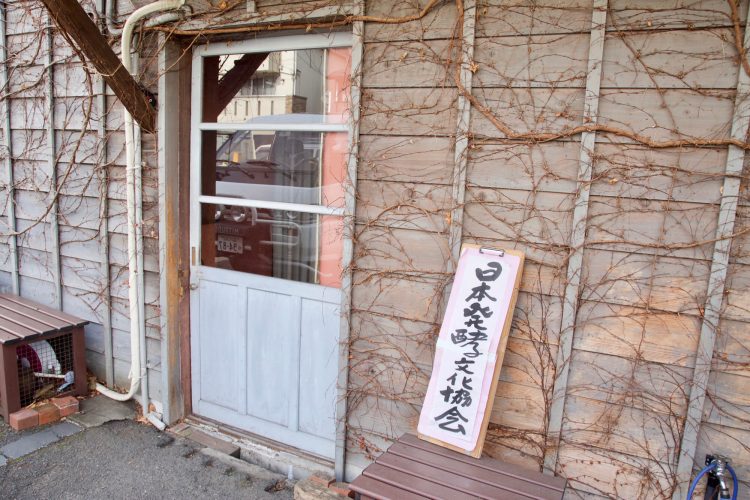
The lesson was held in a quaint building with a rustic home atmosphere in Yutenji, Tokyo
Fermentation takes place through the action of microorganisms. Fermenting foodstuffs is advantageous because it preserves the food and boosts its nutritional value. Fermented foods are produced all over the world, creating unique food cultures everywhere.
Blessed with a mild climate and favorable natural features, Japan is one of the leading fermentation producers in the world, and koji is an essential part of fermentation in the country. Many of our traditional fermented foods, such as miso, soy sauce, saké, and vinegars, are made with koji. Japan, in recognition of its importance, designated koji mold is as the national fungus.
When you think about it, few things are as familiar to us in Japan as koji, since no day goes by without eating some food item or seasoning made with koji.
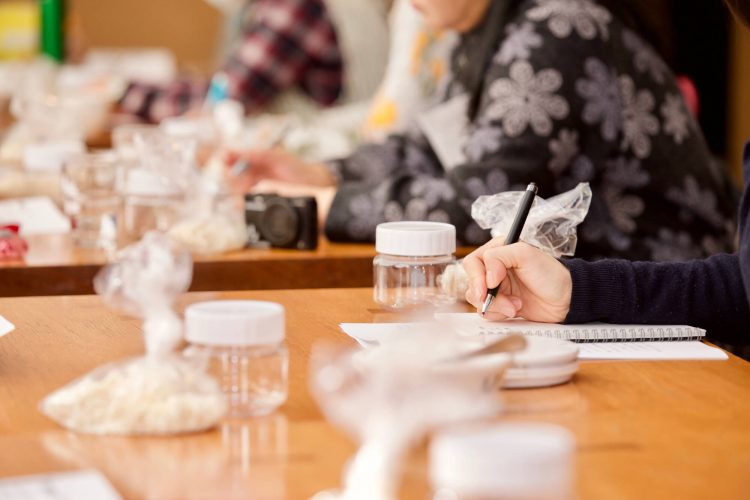
Koji mold is a type of mold. Because it is very susceptible to heat, dryness, and other conditions, it cannot be easily made in other countries. Using a whiteboard and illustrations, Hatayama explained in detail the composition of koji mold and the mechanisms of the fermentation process.

Our instructor, Hatayama Natsuko, as well as being a Fermentation Meister, is a certified saké taster, a wine expert, and a cheese professional, making her the consummate fermentation pro
Koji is a processed product that is bred by introducing koji mold to steamed rice, barley, soybeans, and other grains. There are many varieties of koji, such as rice koji, soybean koji, and barley koji. The process of producing koji is called seikiku.
Koji contains about 100 kinds of enzymes, the action of which give rise to umami and sweetness. And koji mold also produces amino acids, vitamins, and other nutrients that are beneficial to humans. This is why marinating meat and fish in salted koji or coating it on vegetables increases the umami and nutritional value. It is truly remarkable.
After understanding the composition of koji and the mechanisms of fermentation, we got increasingly excited about making salted koji.
Near the end of the lesson, the participants finally tried their hand at making their own salted koji. The ingredients are quite simple. The amount of ingredients varies depending on the salt concentration, but we used the following recipe.
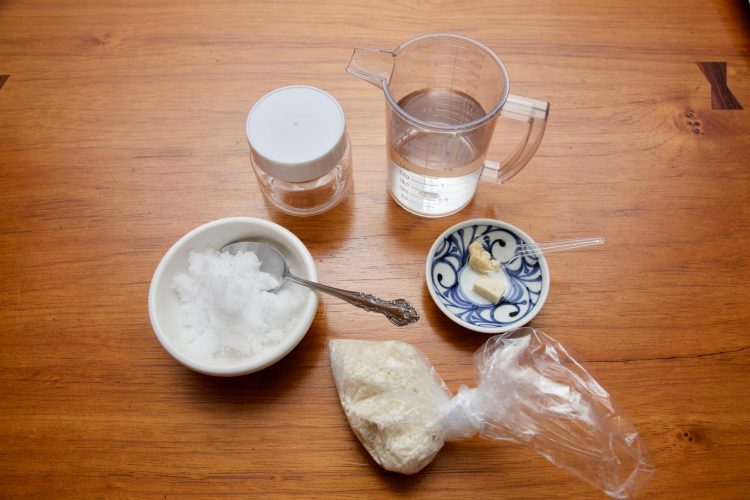
・Rice koji…100 grams
・Salt…28 grams (when making salted koji with a 12-percent salt concentration)
・Water…Approx. 100 mL
The amount of salt you add will vary depending on the salt concentration you prefer. Making the salted koji is easier than you might think. All you have to do is crush the rice koji, placed in a plastic bag, with your hand, put the crushed rice koji in a container, add salt and water, cover with a lid, and shake.
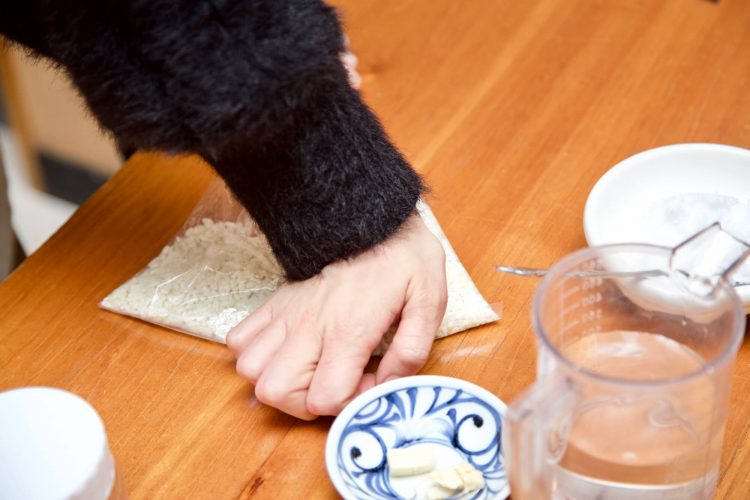
Be sure to crush the koji thoroughly
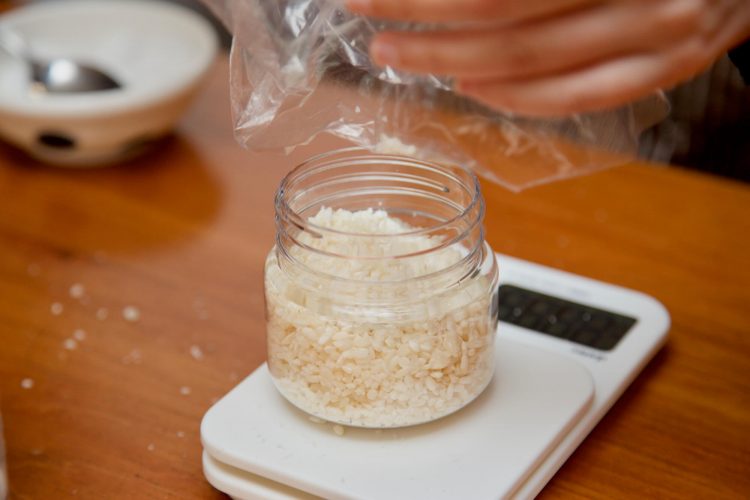
Place the koji and salt in a container
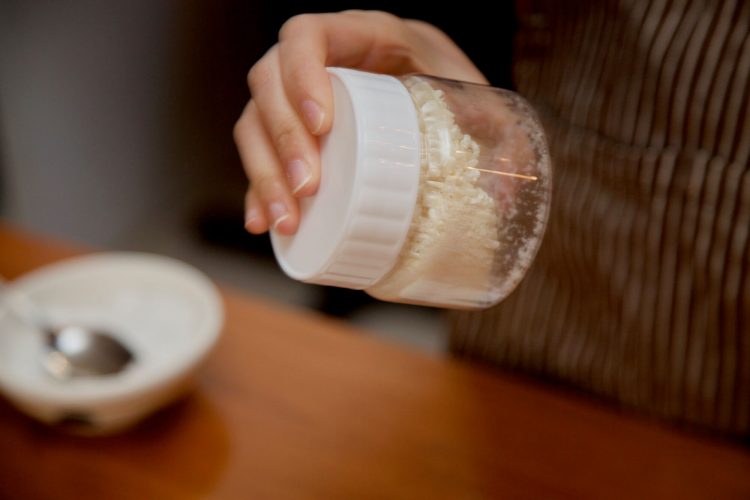
Put a lid on the container and shake it vigorously to mix the koji and salt
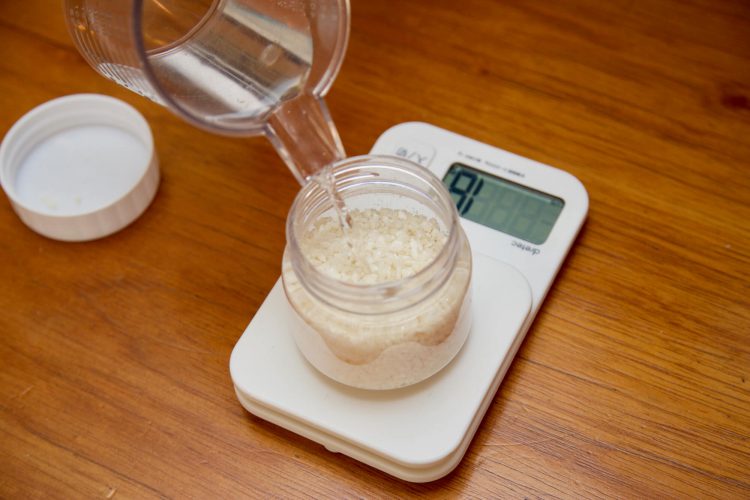
When the ingredients are thoroughly mixed, open the container, add water, put the lid back on, and shake it again to mix in all the water

The process was so simple, we were tempted to ask: “Oh, is that it?” But the truly important part comes next. The prepared salted koji mixture must be shaken well once a day in its container and stored at room temperature for five to seven days.* Doing this will produce fresh, thick matured salted koji. However, it is critical to not skip a day and take care in “raising” the salted koji. We were struck by Hatayama’s instructions to “raise your salted koji affectionately like a pet”.
※The number of days until the salted koji matures depends on the season and the amount prepared.
We were instructed to take our prepared koji home and shake it vigorously once a day with hopes that it would turn out tasty. There are endless uses for the completed salted koji. It can be eaten with meat, vegetables, or fish or used as a condiment, a pickling base, a seasoning, or a dressing. Hatayama gave us some simple recipes she recommends, which only heightened our longing to use the finished salted koji.
In the lesson, we tasted tofu marinated in salted koji for 10 days and another marinated for two weeks. This brought home the fact that the koji’s saltiness became milder the longer the tofu was marinated. At the end of the lesson, we were given a dressing made from salted koji and carrots. Thanks to the salted koji, the dressing had a mellow, fruity flavor. Of course, we were given the recipe too.
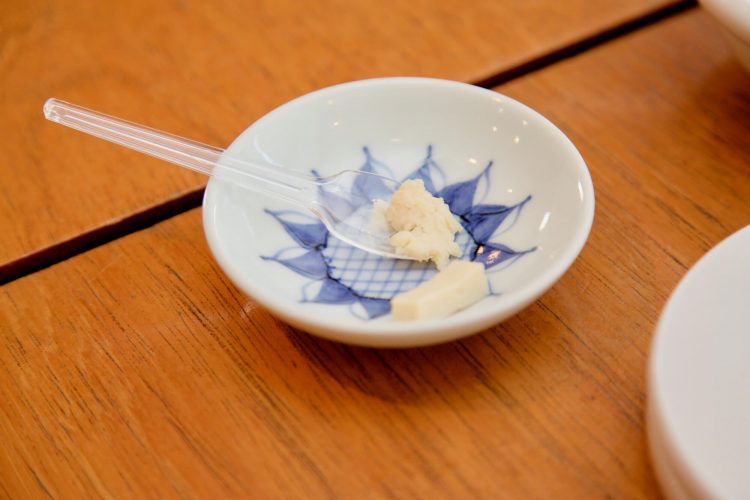
We compared the taste of tofu marinated in salted koji for different lengths of time
The two-hour lesson flew by. Although unfamiliar terms came up, like aspergillus (the genus of mold that includes koji mold) and protease (an enzyme that breaks down proteins), we definitely increased our understanding of fermentation and koji. Even after the lesson was over, the participants peppered Hatayama with questions. The scene neatly captured the passion the participants had for fermentation.

The lesson convinced us why fermented foods and koji have continuously been closely related to people’s lives over their long history and why they have garnered so much attention as health foods. If you are curious about how fermented foods work, why not attend one of the lessons?
―Postscript―
The salted koji we prepared in the koji workshop was ready after six days of daily shaking.
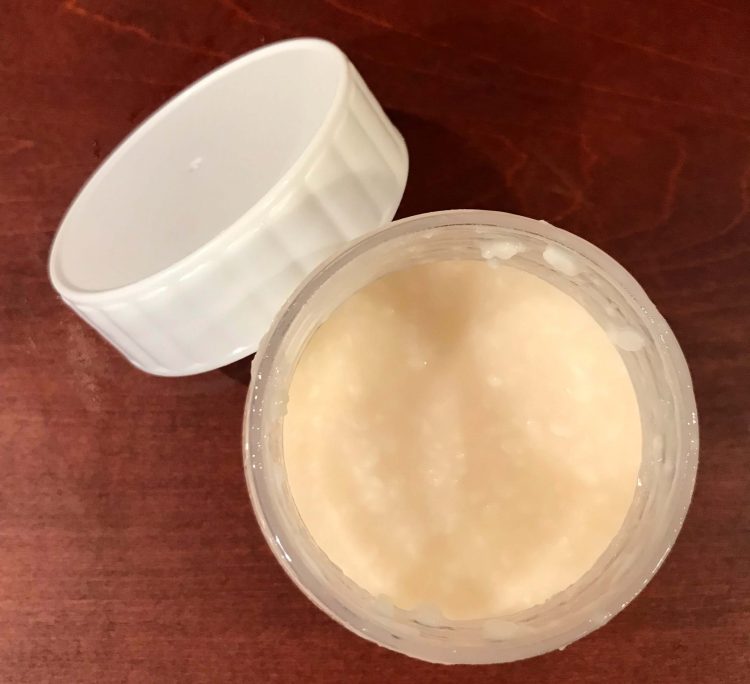
The finished salted koji had quite the thick texture
Dabbing just a little of the finished salted koji on some diced tomatoes turned an everyday item into something unbelievably delicious. After tasting for ourselves just how delicious it was, as well as knowing how rich it is in nutrients, there was no stopping us from using koji. Koji truly is a miracle that has been sustaining Japanese cuisine since antiquity. Please try making some for yourself.